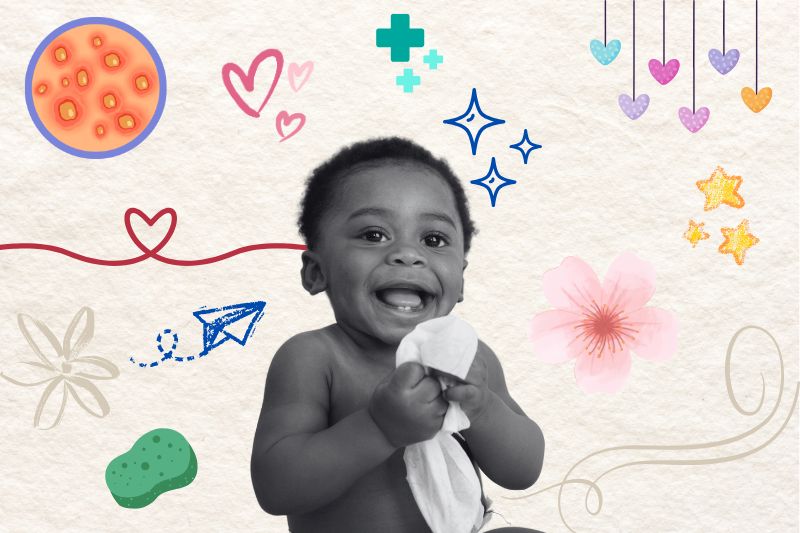Parents and baby wipes are the ultimate dream team, ready to tackle every mess life throws their way. Sticky hands? Mystery stains? Food smeared on faces like war paint? Baby wipes handle it all like magic. One minute, your kid’s wearing spaghetti as a hat, and the next—swish—a wipe swoops in to save the day.
And let’s be real, once you’re a parent, baby wipes are everywhere. There’s always a pack in your bag, your car, or stashed in random drawers at home.
My wife and I have to chase our toddler all day long, shamelessly spit on the wipe and clean our little nugget’s face like she is a polishing silver.

Now, in 2025, baby wipes aren’t just about convenience anymore. Parents are getting pickier, rightfully so. Parents and caregivers now prioritize products with trusted dermatological approvals.
Are they safe for sensitive skin? Are they eco-friendly? Can I trust that they’ll get the job done without falling apart halfway through?
This guide will walk you through the safest options out there, breaking it down based on what matters most, whether you’re stocking up for travel, everyday life, or simply trying to keep up with a little cutie who’s always on the move.
What to Look for in the Safest Baby Wipes
As a parent, one of my top priorities is keeping my baby’s sensitive skin safe. That means I’m always on the lookout for baby wipes that check all the right boxes: hypoallergenic, fragrance-free, and free from harsh chemicals.
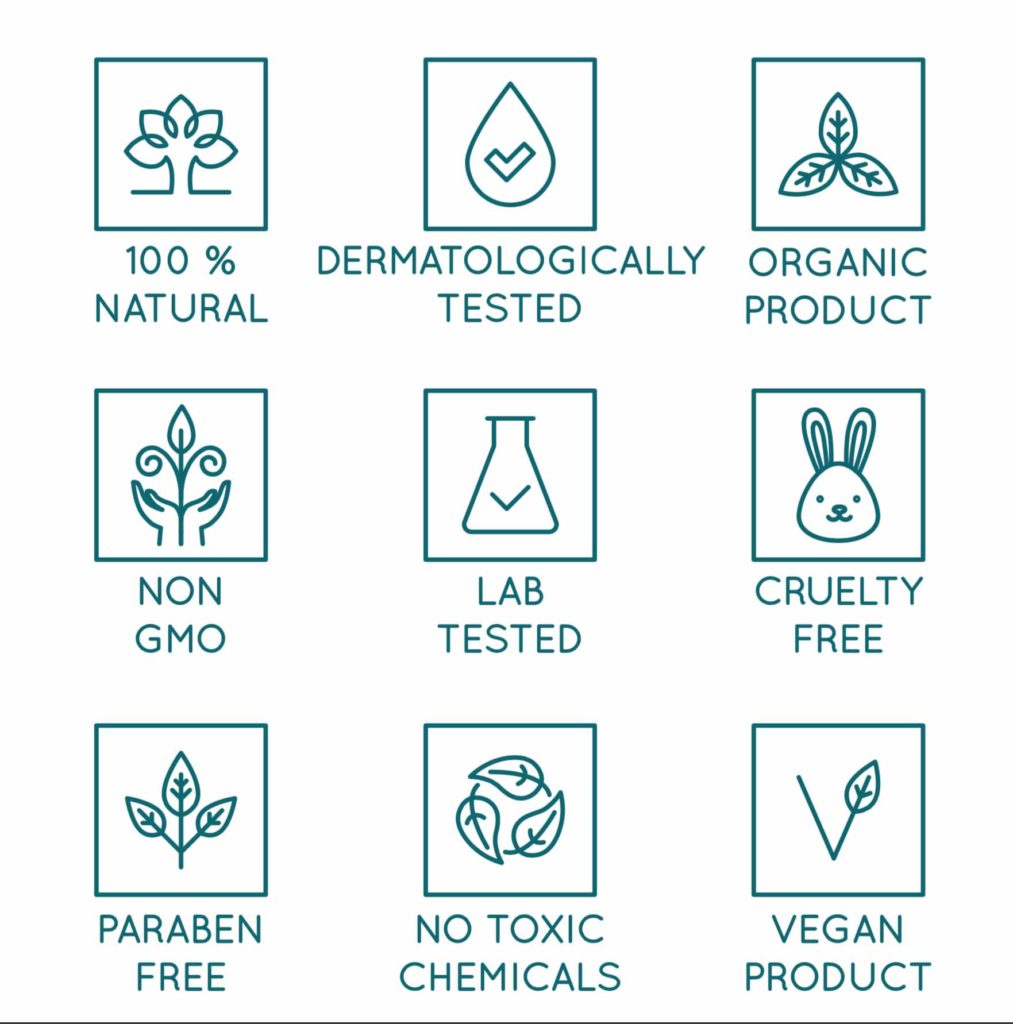
I also try to pick ones that are pH-balanced and safety-certified because let’s face it, reading product labels has become a second job at this point.
Oh, and if they’re biodegradable? Even better. My high-five to the planet, soon my kid will call it home.
Here’s what I’ve learned (often the hard way) about finding the safest baby wipes.
Hypoallergenic Formulation
These wipes are specifically designed to minimize the risk of allergic reactions, which is a big deal when your baby seems to get irritated by practically everything.
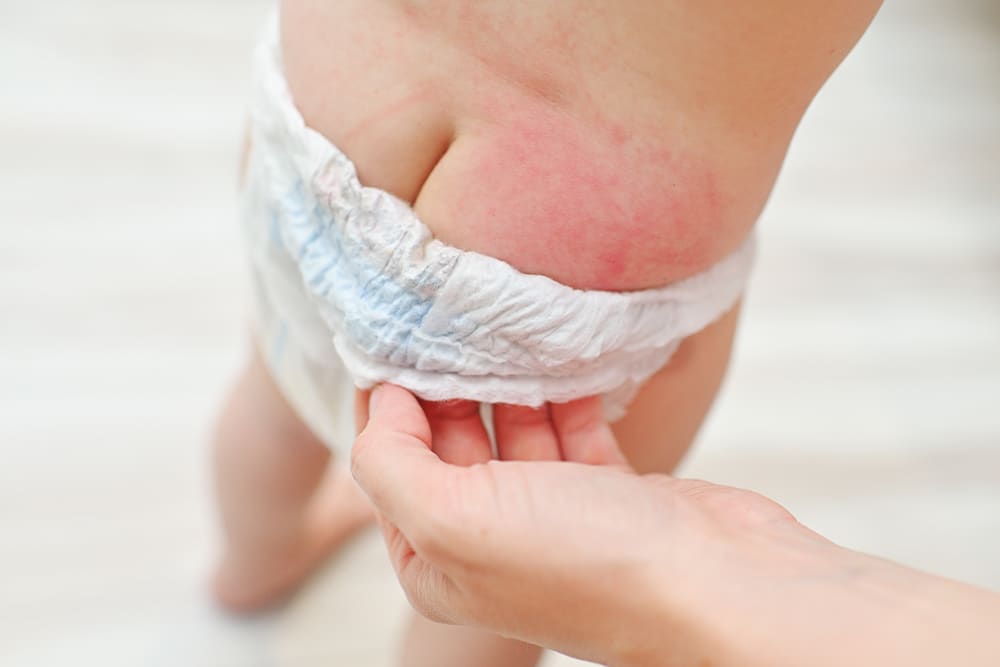
They don’t contain common culprits like fragrances, dyes, or harsh chemicals, all of which are notorious for causing skin irritation.
Fragrance-Free Options
Let’s be honest, fragrance-free wipes do not smell fancy, but that’s kind of the point. Synthetic fragrances smell nice but it is a no-go for babies. They’re often packed with chemical compounds that can mess with a baby’s delicate skin.
Studies published on PubMed Central even highlight how synthetic fragrances can disrupt the skin barrier and increase sensitivity, especially in infants.
So, I stick with fragrance-free wipes. They focus on cleaning without adding unnecessary risks and frankly speaking, babies naturally smell very good, right?
Chemical-Free Ingredients
This one’s a non-negotiable. You should always scan the ingredient list to make sure the wipes are free from certain harmful chemicals. Here are a few that I’ve learned to avoid:
- Fragrance: Often masks other chemicals and can irritate skin.
- Parabens: Endocrine disruptors linked to potential health issues.
- Phthalates: Endocrine disruptors that can interfere with hormone function.
- Phenoxyethanol: Can be an irritant and neurotoxin.
- Bronopol: Releases formaldehyde, a known carcinogen.
- Propylene Glycol: Can be an irritant and allergen.
- Sodium Lauryl Sulfate (SLS) & Sodium Laureth Sulfate (SLES): Strong detergents that can strip skin’s natural oils.
- Cocamidopropyl Betaine: Can be irritating, especially for those with sensitivities.
- Formaldehyde-Releasing Agents: Release formaldehyde, a known carcinogen.
- Polyethylene Glycol (PEG) Compounds: Can be contaminated with 1,4-dioxane, a possible carcinogen.
- Chlorine or Bleach Residues: Can irritate skin and eyes.
pH-Balanced Formulation
One thing I didn’t fully appreciate until I became a parent was how important pH balance is for a baby’s skin. The right pH helps maintain the natural acid mantle, which acts as a barrier against irritants and bacteria.
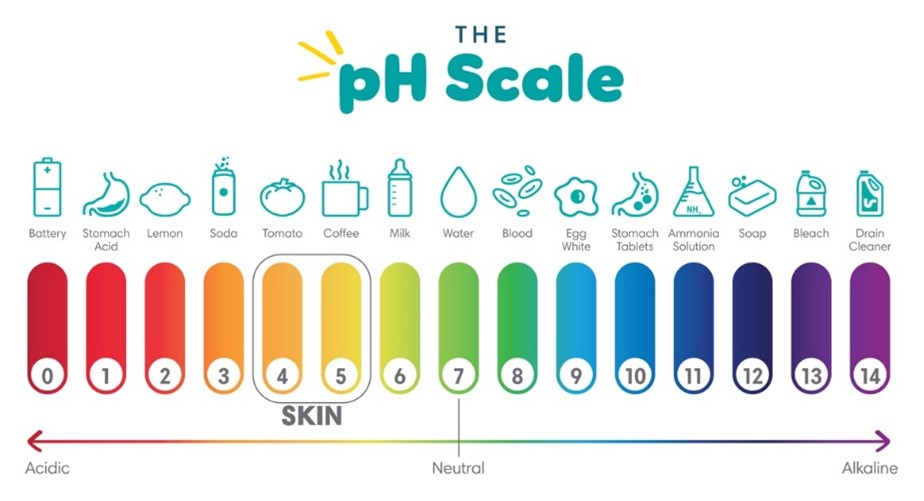
Without it, you’re looking at diaper rash, dryness, or worse. A study on PubMed highlighted how using pH-balanced wipes can significantly reduce the risk of these issues.
Now, I always make sure the wipes I buy mention “pH-balanced” somewhere on the label.
Safety Testing and Certifications
Another thing you should be looking for is the certifications. Labels like EWG VERIFIED™, USDA Organic, and MADE SAFE may give you peace of mind that the wipes you are buying have gone through rigorous testing. For example:
- EWG VERIFIED™: Highlights transparency and safe formulations.
- MADE SAFE: Certifies products free from known harmful chemicals.
- National Eczema Association’s Seal of Acceptance: Confirms the product is safe for sensitive or eczema-prone skin.
- Children’s Product Certificate (CPC): Confirms third-party safety testing compliance for children’s products.
- Allergy Certified: Guarantees the product is free from allergens and safe for sensitive skin.
- EU Ecolabel: Highlights products meeting strict environmental standards from production to disposal.
When I see these certifications, I know the product has been checked for allergens, toxins, and environmental safety. It’s a small detail, but it means a lot when you’re trying to make the best choices for your little one.
Biodegradable Materials
If you’re anything like me, you’re probably using a lot of wipes every day. The idea of all that plastic ending up in a landfill for decades? Not great.
That’s why I’ve started opting for biodegradable wipes. Many of these are made with bamboo or other natural fibers that decompose much faster than traditional wipes.
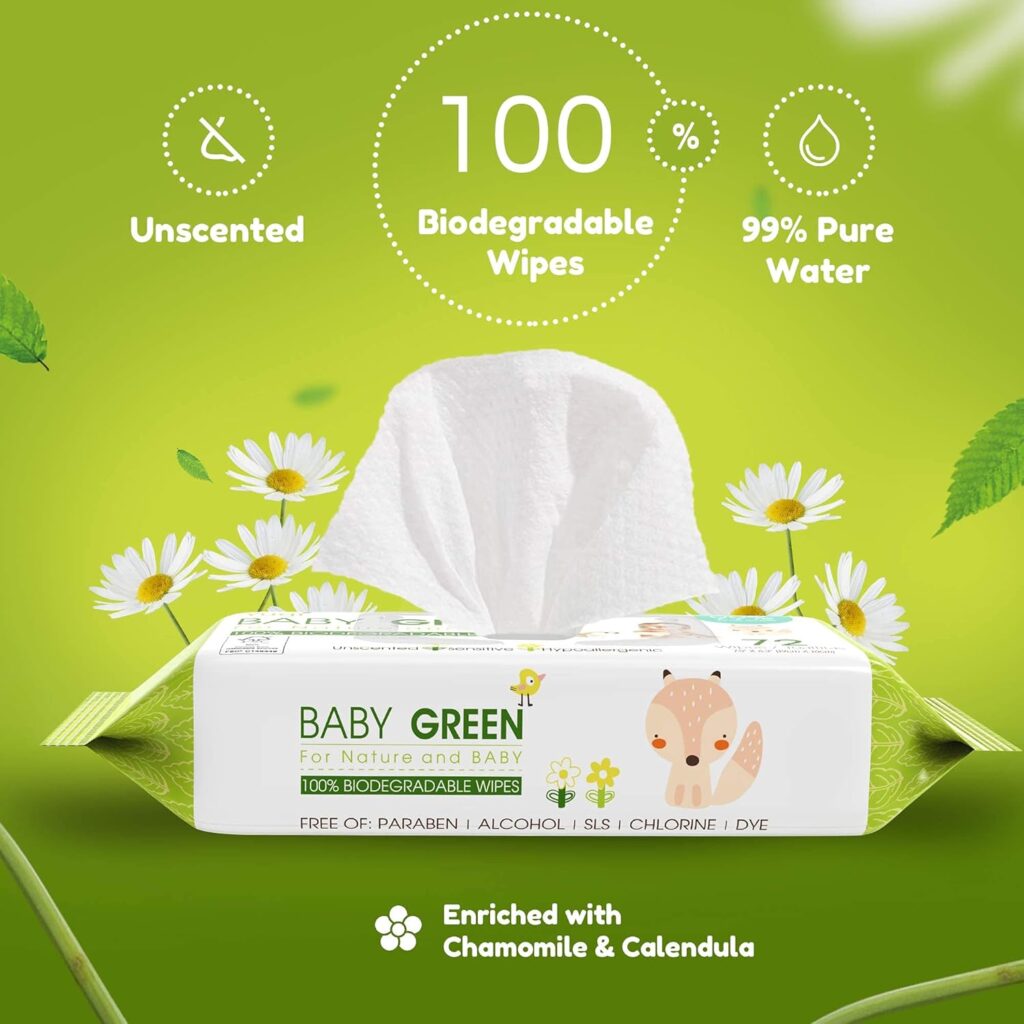
They’re still durable and effective, but they leave a much smaller environmental footprint. It’s a win-win.
What to Look for in Baby Wipes Packaging
No one talks enough about packaging. Seriously, the wrong packaging can turn a simple diaper change into a wrestling match.
So, let’s break it down, what makes for great baby wipes packaging, and what keeps your sanity intact when things get messy (spoiler: they always do).
1. Convenience and Usability
Easy-Open Lids
Let me tell you, there’s nothing worse than a flip-top lid that doesn’t do its job. It should pop open when you need it, stay closed when you don’t, and keep the wipes from drying out.
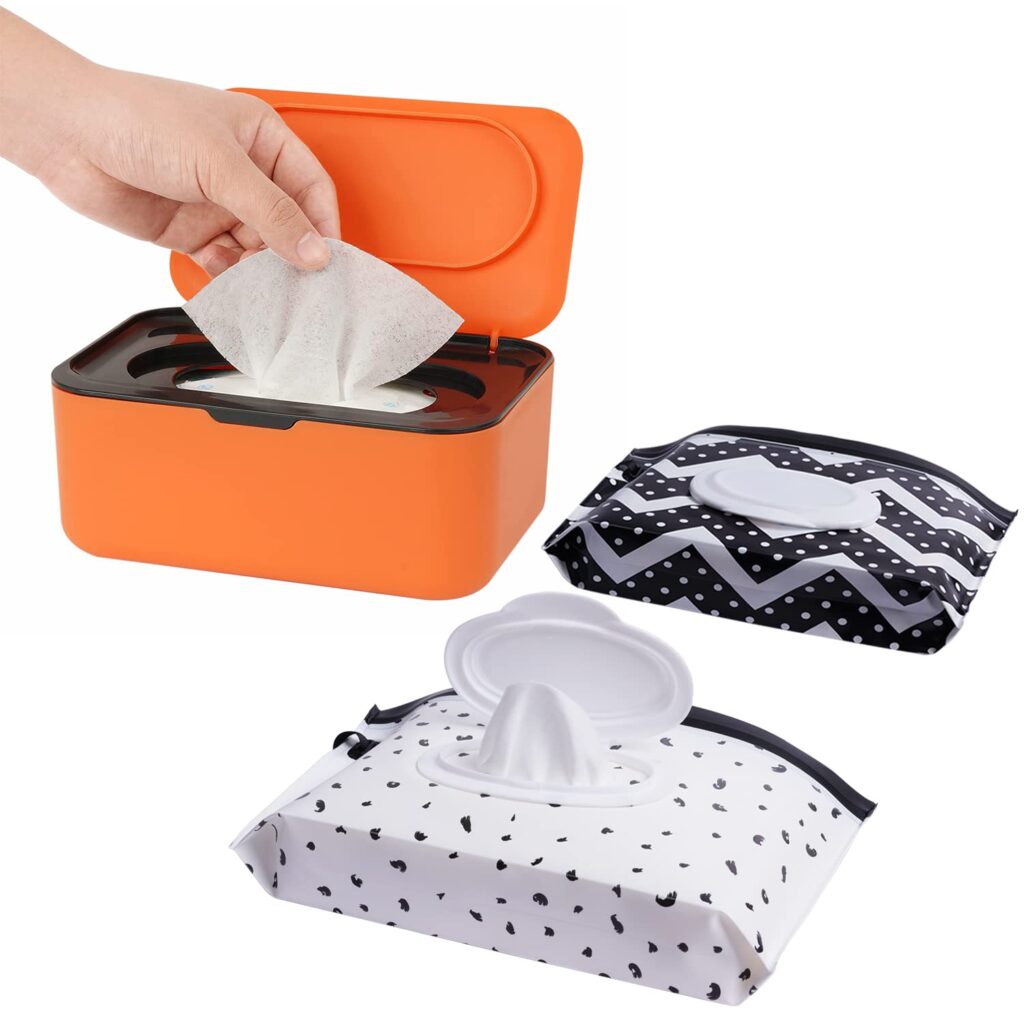
And don’t even get me started on those lids that randomly fling open in the diaper bag because nobody wants to grab a dry, sad-looking wipe during an emergency.
Portability
Travel-sized packs are a total lifesaver when you’re out and about. They’re lightweight, compact, and fit perfectly in diaper bags, strollers, or even that purse you haven’t cleaned out in months.
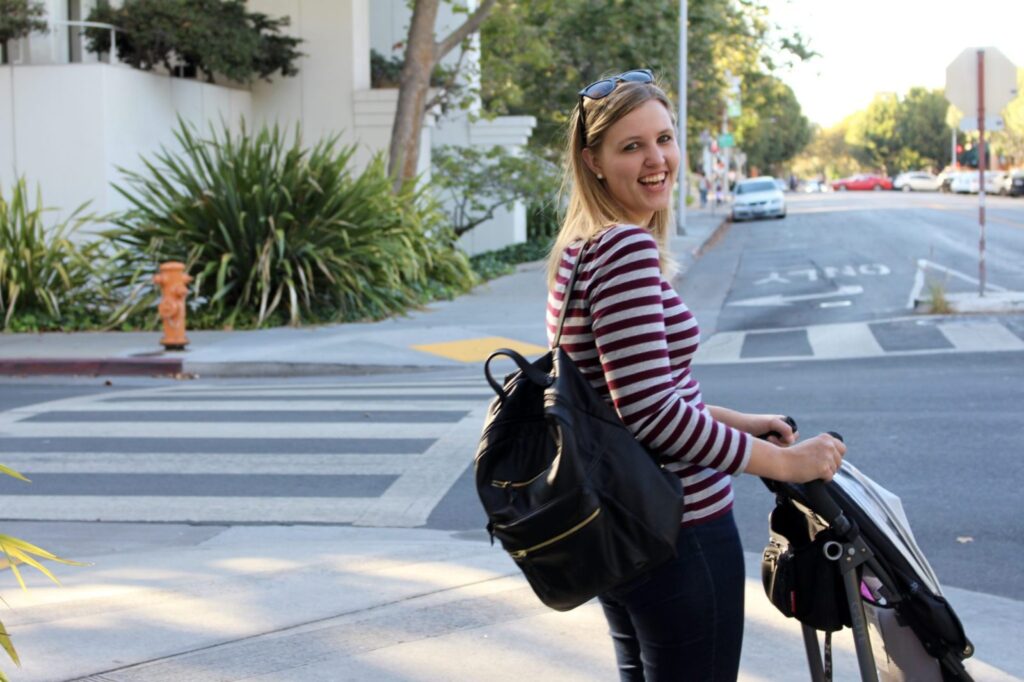
At home, bigger packs are the way to go, they save money but hauling them around feels like carrying a bag of bricks.
One-Handed Access
If you’ve ever struglled a wiggly baby during a diaper change, you know why this matters.
Packaging that lets you grab one wipe at a time (not five stuck together in a tissue-paper situation) is a total game-changer. Honestly, one-handed packaging?
That’s genius!
2. Hygiene and Freshness
Moisture Retention
Don’t clean your baby with dry wipe. It can hurt their skin and make you feel annoyed. It is essential to have wipes that stay moist.
A well-designed container that keeps air out helps prevent the wipes from drying out.
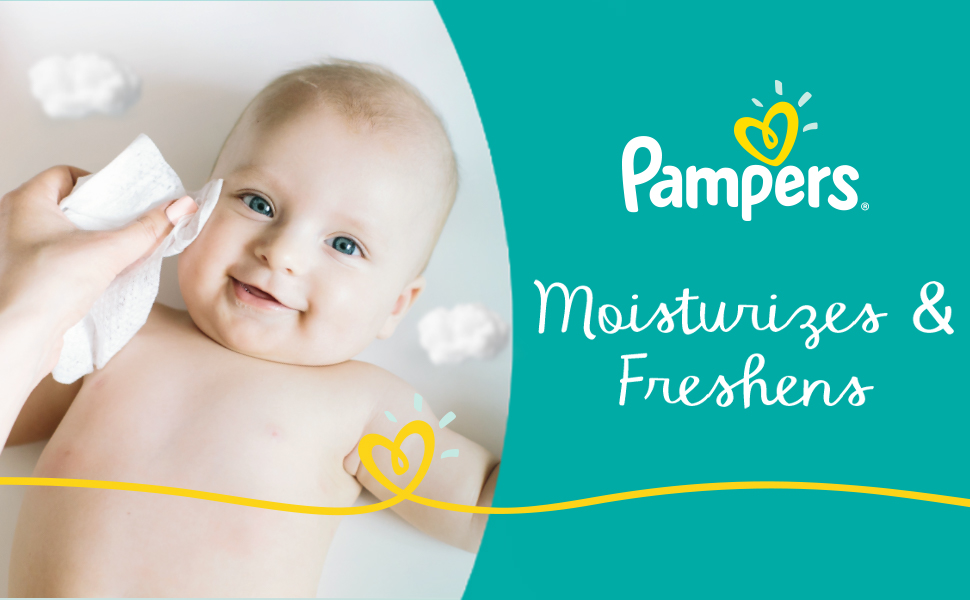
Tamper-Proof Packaging
The last thing you want is to open a pack of wipes and realize the seal’s been broken. That could mean the wipes were exposed to dirt or bacteria, definitely not something you want near your baby’s sensitive skin.
Plus, if the seal’s messed up, the wipes might be dried out, which just makes cleanup harder and more uncomfortable for your little one.
So, always take a second to check the packaging before using it, better safe than sorry!
3. Eco-Friendliness
Recyclable or Biodegradable Materials
Thankfully, many brands now offer packaging made from recyclable or biodegradable materials. If it says “compostable,” it’s worth considering. Saving the planet one wipe at a time might not feel like much, but it’s something!
Refill Options
Refill packs are a win for eco-friendly (and budget-savvy) parents. Just toss the wipes into a reusable container, and boom, less waste, more savings, and fewer eco-guilt trips.
4. Design and Size Options
Variety of Sizes:
Wipes come in all shapes and sizes. Bulk packs are perfect for home (especially when you have a baby who love to play with mud all the time), but smaller packs are easier to toss in your bag.
Having both options are handy.
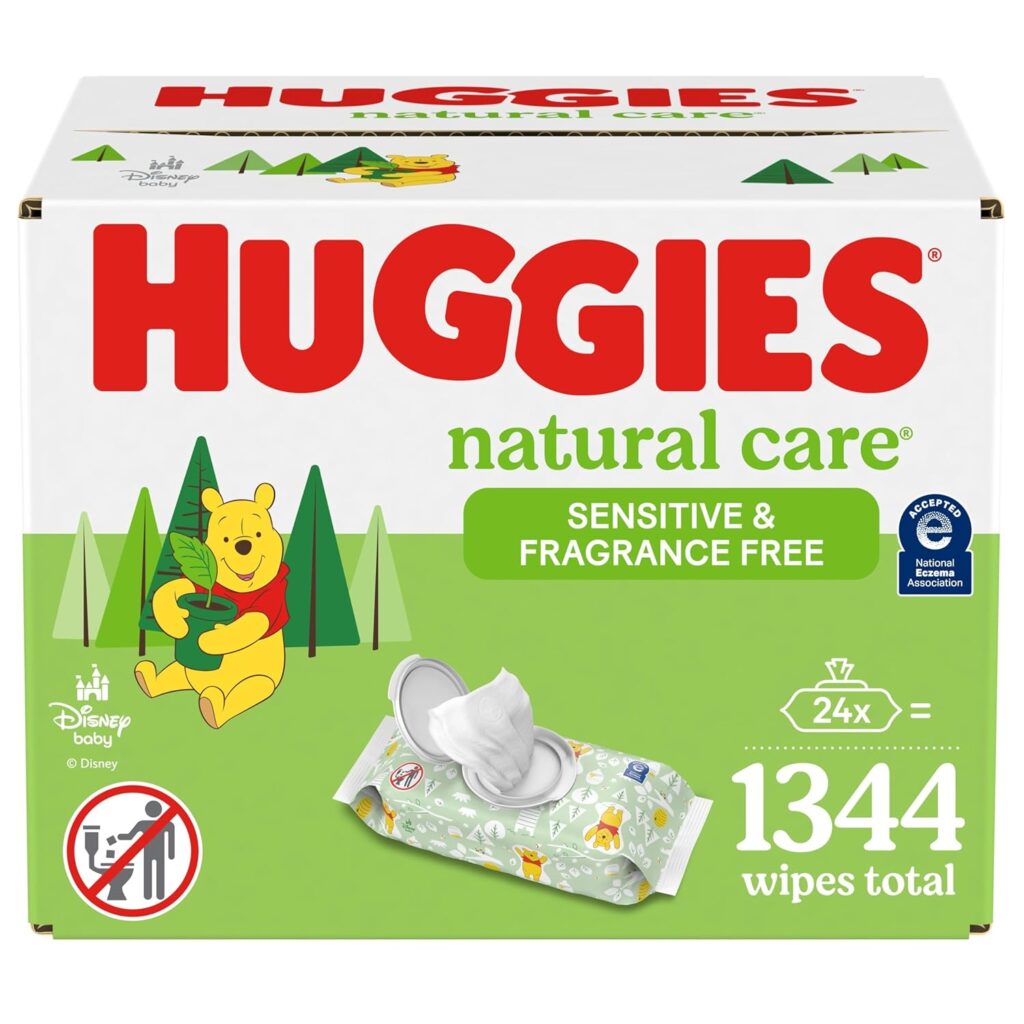
Clear Labeling:
Seriously, no one has time to be a detective in the wipes aisle. Clear labeling, such as “fragrance-free” or “hypoallergenic,” can be helpful.
Bonus point; if the ingredient list is simple enough to read without a magnifying glass, and certifications from reputable organizations can provide reassurance about the product’s quality and suitability for sensitive skin
5. Safety Features
Child-Safe Closures
These mini Houdinis will get into anything if given the chance. Packaging with child-resistant lids ensures your baby wipes don’t turn into their yummy snack; yikes (My baby use to love chewing her wipes instead of a chicken drumstick, dont know why).
This feature is crucial for preventing accidental ingestion and ensuring a safe environment for young children.
Non-Toxic Packaging Materials
Non-toxic packaging is crucial for keeping babies safe from harmful chemicals that could end up in their food or toys.

You’d think this would be a no-brainer, but trust me, it’s worth double-checking.
It’s a simple way to minimize their exposure to potentially dangerous substances (As mentioned earlier).
6. Cost-Effectiveness
Multi-Pack Deals
Multi-packs offer significant time and cost savings while keeping you stocked up for the long haul. The best part? They often come in sturdy, convenient packaging that’s built to last.
Whether you’re gearing up for a road trip, tackling a busy day of errands or simply enjoying quality time with your little one, multi-packs ensure you’re always prepared.
Durable Packaging
Few things are more frustrating than reaching for a wipe only to find the pack has torn halfway through.
Durable packaging should be built to handle daily use, be it frequent opening and closing, getting tossed in the car, the bag, or even ending up on the floor.
7. Innovations in Packaging
Dispenser Boxes
Some brands now offer dispenser boxes that sit neatly on your changing table. These boxes are not only hygienic but also incredibly convenient during diaper changes.
Designed with functionality in mind, they allow you to grab a wipe with one hand, keeping your other hand free to hold or comfort your baby. Aha!
Many dispenser boxes now come with a weighted plate or a silicone opening designed to pull out just one wipe at a time. It’s a simple feature, but it really helps cut down on waste and keeps everything neat and organized.
Smart Packaging
Okay, this might sound fancy, but hear me out. Some packs now come with moisture-lock technology or even indicators to let you know when you’re running low.
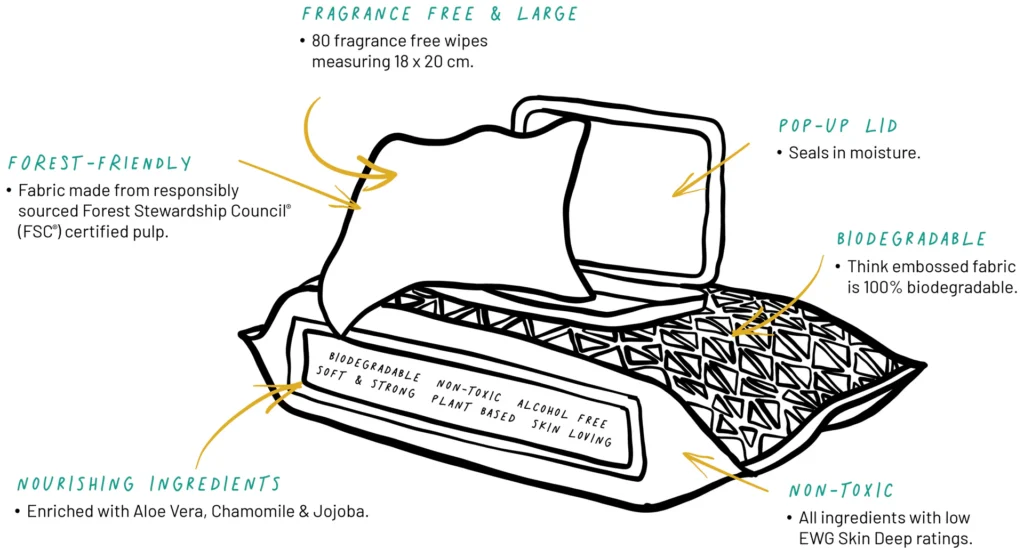
Honestly, it’s about time someone thought of this because who hasn’t been caught mid-diaper change with no wipes left?
Specialized Formulations: Ayurvedic Wipes
Personally, I love Ayurvedic wipes a lot. They’re not just wipes but like a mini spa treatment for your baby’s bum.
Infused with natural ingredients like aloe vera, neem extract, turmeric, coconut oil, and lavender oil (among others), these wipes draw inspiration from centuries of traditional Indian medicine.
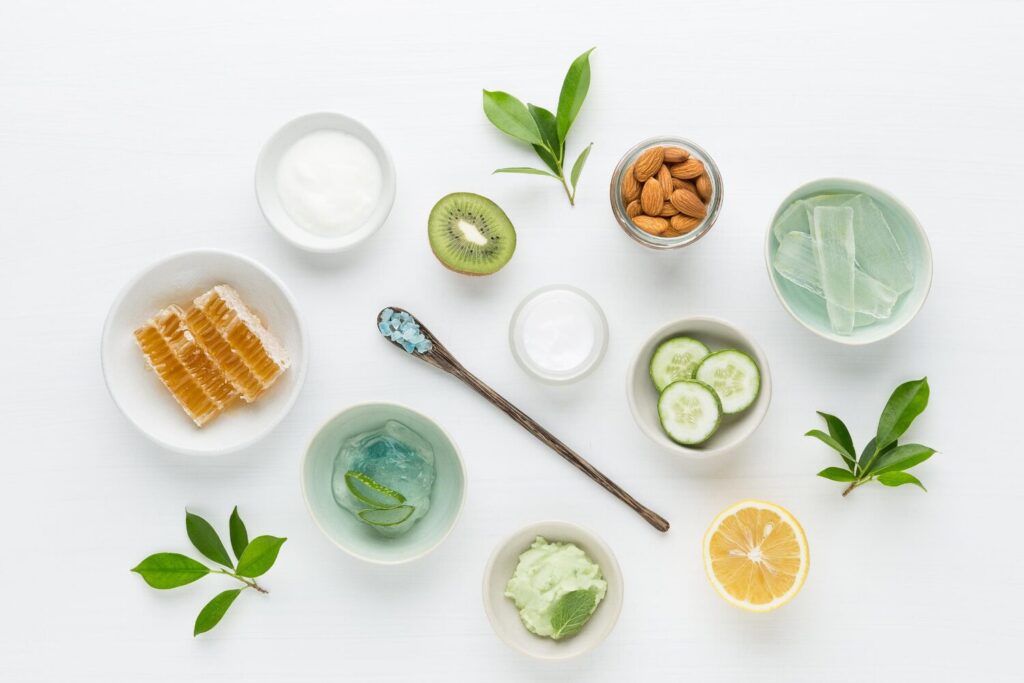
But let’s dig a little deeper, what makes these wipes stand out, and why should you care?
What Makes Ayurvedic Wipes Special?
Gentle on Skin
If your baby has super sensitive skin, you’ll love Ayurvedic wipes. With natural anti-inflammatory properties, ingredients like aloe vera and coconut oil gently calm and nourish the skin. No redness, no fuss, just happy, comfy skin.
Antimicrobial Power
For centuries, people have turned to neem and turmeric for healthier skin and for a good reason.
These natural ingredients help keep bacteria and other pesky microbes at bay, thanks to their strong antimicrobial properties.
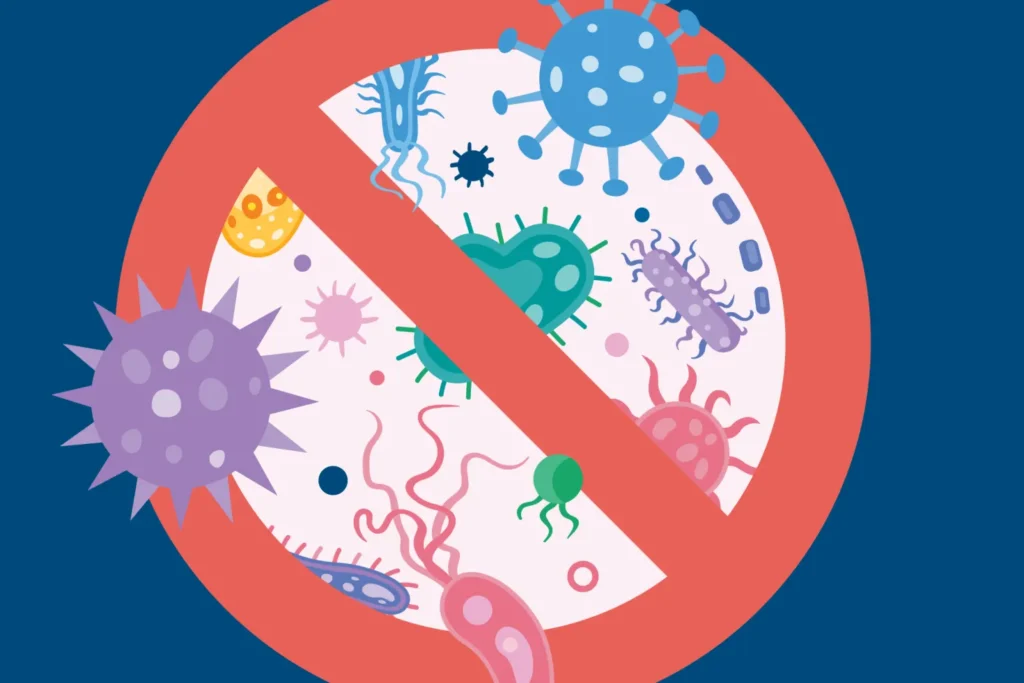
They’ve been a staple in traditional skincare routines, not just for cleansing but for that extra layer of protection your baby’s skin craves.
Eco-Friendly Composition
Ayurvedic wipes are made from biodegradable materials and free from harsh chemicals, making them a great choice for eco-conscious parents.
Given how many wipes we use daily, choosing an environmentally friendly option is a meaningful way to help the planet. Isn’t?
Holistic Wellness:
It’s not just about cleaning up messes, these wipes can add a bit of zen to your day.
The aromatic herbs and oils (like lavender or sandalwood) have a calming effect, so you’re not just wiping; you’re giving your baby (and maybe yourself) a therapeutic moment.
Are Ayurvedic Wipes Safe?
Yes, and here’s why. These wipes undergo thorough safety evaluations to ensure they’re gentle on delicate skin. And I’m not just saying this there’s actual science to back it up.
A study published by Procter & Gamble highlights the importance of exposure-based safety assessments, in vitro & clinical testing, and irritancy tests.
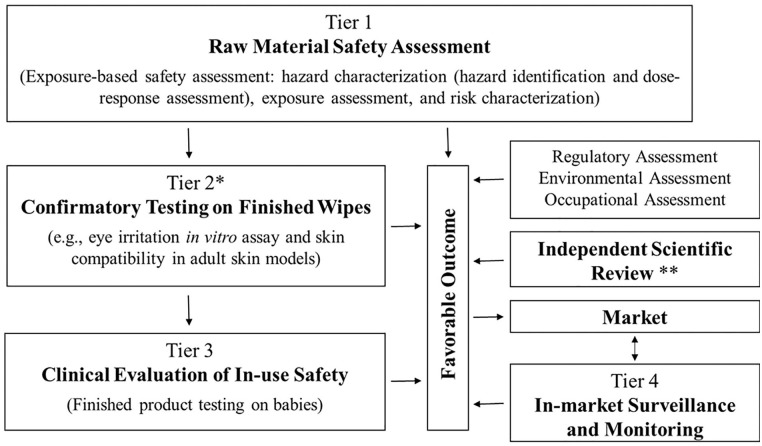
Combined with real-life feedback from parents, these steps ensure that Ayurvedic wipes are safe, effective, and baby-approved.
Here’s how the process works:
1. Exposure-Based Safety Assessment
Before any ingredient makes it into a wipe, manufacturers assess its safety for both local (on the skin) and systemic (throughout the body) use.
Basically, they make sure it won’t cause irritation or other unpleasant surprises.
2. In Vitro and Clinical Testing
First, the wipes are tested in a lab (fancy, right?) to check for potential skin or eye irritation. Then, human patch tests follow because nothing beats testing on actual humans.
3. Irritancy Tests
No parent wants to see their baby’s skin turn red or dry after using a wipe. To avoid this, manufacturers conduct specific tests to ensure the wipes stay gentle, even on the most sensitive skin.
4. In-Use Studies
This is where the wipes are put to the ultimate test, real-life babies. Caregivers use the wipes during their daily routines and provide feedback.
If the wipes don’t perform or cause any reactions, manufacturers take that feedback seriously.
5. In-Market Monitoring
Even after the wipes hit the shelves, manufacturers keep an eye on how they’re doing. If any issues pop up, they address them quickly.
Ayurvedic vs. Conventional Wipes: What’s the Difference?
Choosing between Ayurvedic and Conventional wipes is kind of like choosing between a green smoothie and a soda: one’s the healthier choice, but the other’s just more convenient. Here’s how they compare:
Ingredient Focus
Ayurvedic wipes are packed with natural and holistic ingredients like neem and turmeric, while conventional wipes often rely on synthetic chemicals and preservatives.
If you’re all about natural care, Ayurvedic wins this round.
Safety Profile
Ayurvedic wipes are gentler on sensitive skin, especially with long-term use. A study by Manchester Metropolitan University & the Institute of Chemical Technology highlights the antimicrobial properties of natural herbs like Moringa oleifera and Aegle marmelos.
These herbs are proven to enhance antibacterial and antifungal properties, offering a safer alternative to synthetic chemicals.
But it doesn’t mean that conventional wipes are unsafe.
Price Point
Here’s the kicker, Ayurvedic wipes tend to be pricier than conventional ones. If you’re shopping on a budget, conventional wipes might be more appealing.
But if you’re prioritizing natural care, Ayurvedic wipes are a premium upgrade for you.
Sustainability
Ayurvedic wipes often lead the way here. They’re typically biodegradable and come with eco-friendly packaging.
The same study from Manchester Metropolitan University and the Institute of Chemical Technology even highlights how plant-based antimicrobial products can provide a sustainable alternative to synthetic materials.
It’s a small win for your baby and a big win for the planet.
Dermatological and Clinical Approvals
You often hear the word ‘gentle’ used to describe baby wipes, but how do we actually know if they’re safe for a baby’s delicate skin? That’s where dermatological and clinical testing comes in.

Don’t get fooled by attractive packaging or marketing buzzwords; these wipes should go through serious testing to prove they’re as skin-friendly as they claim.
Researchers check their compatibility with sensitive conditions like eczema, psoriasis, and (every parent’s nightmare) diaper rash because of course it always flares up at 3 a.m.
Brands conduct patch tests to see if the wipes cause irritation, hypoallergenic assessments to rule out allergic reactions, and pH balance tests to ensure they match the skin’s natural acidity.
In fact, a 4-week clinical study on 60 babies with eczema found that the wipes were well-tolerated and safe for daily use, with dermatologists confirming their compatibility with sensitive skin.
Many of pediatric dermatologists I talked to stress that clinical validation isn’t just a marketing gimmick, it’s about real science ensuring wipes protect delicate skin.
Always check the labels, terms like dermatologist-tested and hypoallergenic actually mean something; they indicate rigorous testing.
Certifications from organizations like NEA or ECARF (and those I mentioned earlier) add an extra layer of trust.
Some brands, like WaterWipes, even publish trial results to back up their claims. A 2017 Journal of Allergy and Clinical Immunology study, for example, looked into their effectiveness.
Checking labels, certifications, and real studies can help parents make the best choice for their little one’s skin.
Real-World Performance Testing: Making Baby Wipes Work for You
Busy parents! Make sure your baby’s wipes stay effective and safe, whether at home or on the go. It’s a must.
Here are some practical tips to get the most out of your wipes:
1. Storage Tips
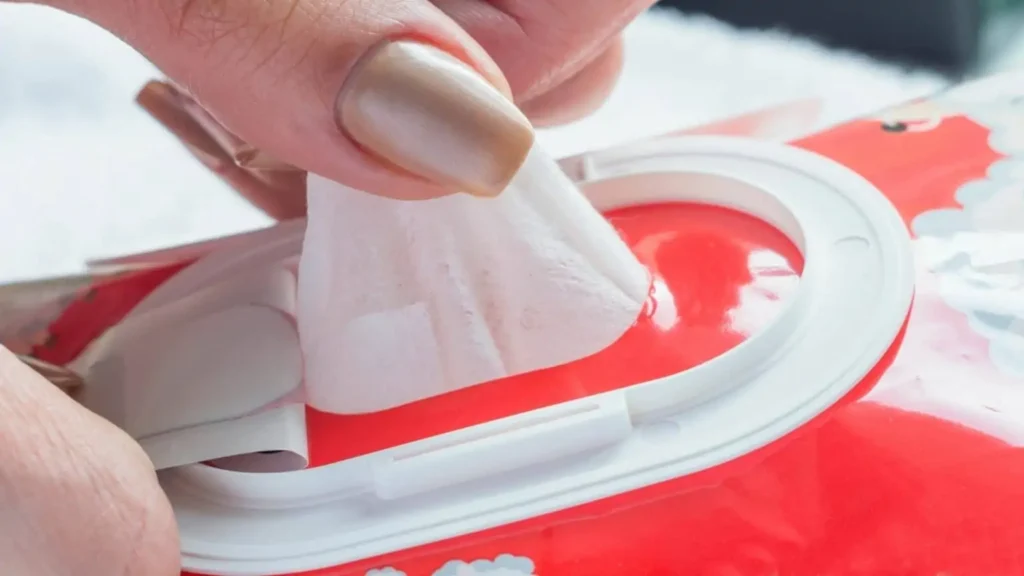
- Temperature Matters: Heat can dry out baby wipes or even cause the ingredients to degrade. A sweltering car in the summer is probably the worst place to leave them. Try to keep them in a cool, dry spot instead.
- Sealing Properly: Ever had wipes go bone-dry because the package wasn’t sealed? It happens! Make sure you close the packaging securely after every use. If you want to be extra careful, store them in an airtight container, especially for long trips.
2. Shelf Life
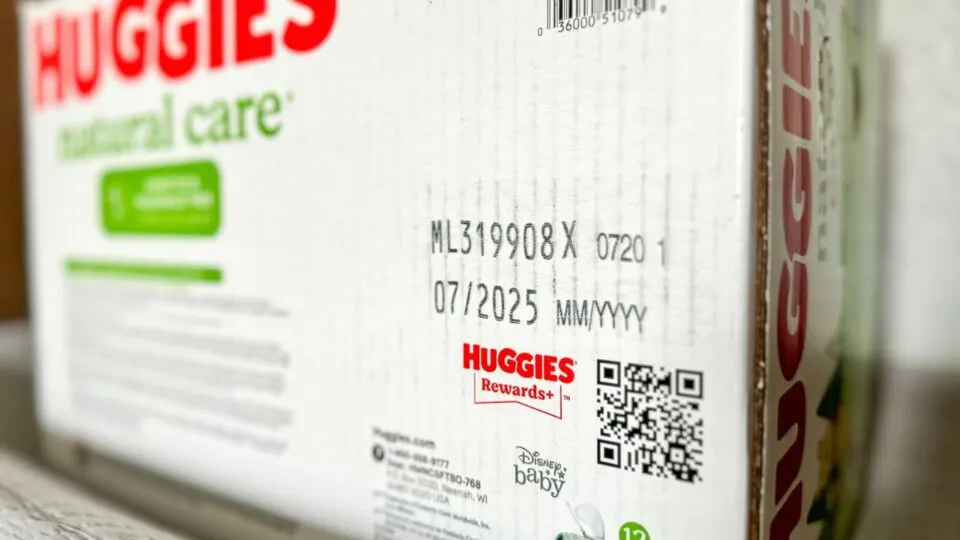
- Unopened Packs: Most brands suggest using unopened baby wipes within 2-3 years. But honestly, how many of us check the date? It’s a good habit to keep an eye on it, though.
- Opened Packs: Once you’ve torn open a pack, it’s better to use it up within a few weeks. If the wipes start feeling dry or worse, it’s definitely time to toss them.
3. Travel-Friendly Ideas
- Portability First: Honestly, lugging around a giant pack of wipes isn’t fun. Smaller travel-sized packs or portable dispensers can be lifesavers for quick diaper changes or spills.
- Easy Access: When traveling, keep your wipes somewhere easy to grab (like a side pocket in the diaper bag). You’ll thank yourself the next time you need them in a hurry!
4. Eco-Friendly Options
- Go for biodegradable wipes made from natural fibers if you want something eco-friendly. Or, if you’re up for it, reusable cloth wipes are a great option, just make sure to clean and store them properly.
By focusing on proper storage, smart travel habits, and eco-friendly options, parents can keep their baby wipes fresh and ready for whatever life throws their way, whether it’s a road trip or an unexpected mess at home.
Consumer Considerations: Choosing the Safest Baby Wipes
That’s it. Choosing baby wipes isn’t just about cleaning up messes but finding the right balance between safety, cost, and sustainability.
Parents today have a lot to think about, from hypoallergenic ingredients and pH balance to whether the wipes are biodegradable and ethically sourced. But beyond the labels, real-life concerns like affordability and transparency matter just as much.
This table breaks down what to look for, helping parents make choices that feel right.
Factor | Why It Matters | What to Look For |
|---|---|---|
Pricing and Value | Balancing cost and quality for long-term use | Budget-friendly vs. premium wipes, bulk-buying options |
Environmental Impact | Reducing waste and promoting sustainability | Biodegradable wipes, recyclable packaging |
Ethical Sourcing | Ensuring fair trade and responsible ingredient sourcing | Organic certification, cruelty-free testing |
Skin Sensitivity | Avoiding irritation for babies with sensitive skin | Hypoallergenic, fragrance-free, dermatologist-tested |
Chemical Safety | Avoiding harmful substances in wipes | Free from parabens, phthalates, phenoxyethanol |
Convenience & Usability | Easy-to-use, travel-friendly packaging | Flip-top lids, one-handed access, portable pack sizes |
Moisture Retention | Ensuring wipes stay effective and don’t dry out | Airtight sealing, tamper-proof packaging |
Dermatological Approvals | Guaranteeing safety and effectiveness | Certifications from NEA, EWG, MADE SAFE, pediatric testing |
Brand Transparency | Knowing what’s inside the product and how it’s made | Clear labeling, full ingredient disclosure, third-party testing |
FAQs
What Can I Use Instead of Wipes for My Newborn?
If you want a natural alternative, a damp washcloth or cotton balls soaked in warm water works well for cleaning your baby’s delicate skin.
You can also make homemade wipes using soft cloths and a mild mixture of water with a drop of coconut oil.
Why Use Baby Wipes Instead of Toilet Paper?
Baby wipes offer a softer, more thorough clean compared to dry toilet paper. Since they’re moistened, they help remove residue more effectively, leaving you feeling fresher.
That said, they can be pricier, and some people may experience skin irritation. Also, most wipes aren’t flushable, so tossing them in the toilet can lead to plumbing issues.
Are WaterWipes Safe?
Yes! WaterWipes contain just two ingredients, 99.9% purified water and a drop of fruit extract, it makes them a great choice for even the most sensitive skin, including premature babies.
They’re plant-based, free from artificial fragrances, parabens, and sulfates, and even endorsed by dermatologists and the National Eczema Association.
Plus, they’re gentle enough for adults and even pets!
